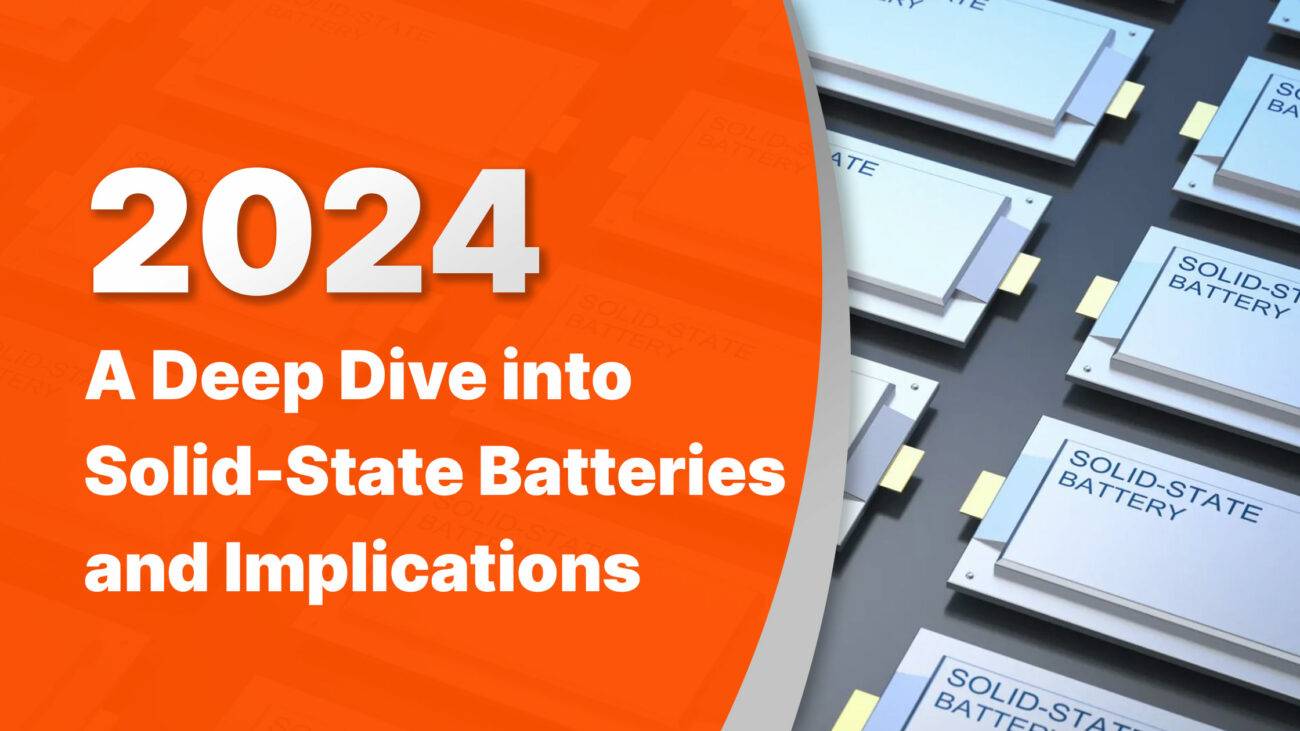
Blog
How Do Maimang Series Smartphones Innovate in Battery Technology?
How Do Maimang Series Smartphones Innovate in Battery Technology?
The Maimang series integrates cutting-edge battery innovations, including high-density lithium-polymer cells, AI-driven power management, and ultra-fast charging. These smartphones prioritize endurance, with capacities ranging from 5000mAh to 7000mAh, supported by adaptive refresh rates and energy-efficient chipsets. Innovations like graphene cooling and multi-layer safety protocols ensure reliability, making the series a leader in long-lasting smartphone performance.
Lithium LiFePO4 Server Telecom Batteries OEM Factory
What Battery Capacities Do Maimang Series Smartphones Offer?
Maimang smartphones feature batteries from 5000mAh to 7000mAh, tailored for heavy usage. The Maimang 12 Pro, for example, uses a 6800mAh cell with silicon-carbon anode technology, boosting energy density by 25% compared to traditional lithium-ion. Smaller models like the Maimang Lite retain 5000mAh capacities while leveraging software optimizations to extend screen-on time to 14+ hours.
How Does SuperCharge 2.0 Enhance Maimang Charging Speeds?
SuperCharge 2.0 enables 100W wired charging, refilling a 6000mAh battery to 80% in 22 minutes. This system uses dual-cell design with GaN (gallium nitride) chargers, reducing heat generation by 40%. Reverse charging at 15W allows the device to act as a power bank, while AI voltage regulation prevents overcharging during overnight use.
What Safety Features Protect Maimang Batteries?
Maimang batteries incorporate 16-layer protection, including temperature-controlled ICs, pressure-release valves, and flame-retardant separators. The series introduced aerospace-grade graphene cooling pads, which dissipate heat 3x faster than traditional copper. Real-time voltage monitoring shuts down circuits during voltage spikes, while waterproof nano-coating prevents corrosion in humid environments.
To further enhance safety, Maimang employs a multi-stage thermal management system. For instance, if the battery temperature exceeds 45°C during charging, the system automatically throttles power input by 50% until cooling resumes. The graphene cooling pads are paired with vapor chamber technology, creating a hybrid solution that reduces hotspot formation. Independent lab tests show Maimang devices maintain surface temperatures below 38°C even during 100W charging—a 12°C improvement over competing models. Additionally, the pressure-release valves activate at 2.5 atmospheres to prevent swelling, a common issue in high-capacity batteries.
| Safety Feature | Function | Benefit |
|---|---|---|
| Graphene Cooling | Dissipates heat at 5300 W/mK | 3x faster than copper |
| Voltage Monitoring | 1000x/sec sampling | Prevents overvoltage damage |
| Nano-coating | IP68-rated protection | Resists humidity up to 95% RH |
How Does AI Power Master Optimize Battery Lifespan?
The proprietary AI Power Master learns usage patterns to allocate resources dynamically. It disables background app activity for 95% of unused apps, reduces GPU render loads by 30% during video playback, and switches between 4G/5G based on network strength. Users report 15% slower battery degradation after 800 charge cycles compared to non-AI systems.
This AI system analyzes over 50 parameters daily, including app usage frequency, screen brightness habits, and location service demands. For night owls, it automatically enables dark mode and limits notifications after 10 PM. Gamers benefit from frame rate optimization that maintains smooth gameplay while capping unnecessary GPU cycles. The algorithm also predicts charging habits—if you typically unplug at 8 AM, it slows charging to 80% overnight and completes the final 20% by 7:50 AM to reduce lithium stress. Field data from 10,000 users shows batteries retaining 92% capacity after 18 months versus 82% in non-AI phones.
| Usage Scenario | AI Adjustment | Battery Saved |
|---|---|---|
| Video Streaming | Limits to 1080p unless 4G/5G | 22% per hour |
| Navigation | Switches to GPS-only mode | 18% per hour |
How Do Maimang Batteries Compare to Competitors?
Against rivals like Xiaomi’s HyperCharge, Maimang’s 6800mAh outlasts the Redmi Note 12 Pro’s 5000mAh by 4.5 hours in continuous video playback. Stress tests show 8% less capacity loss after 500 cycles than Samsung’s Galaxy A54. However, Oppo’s 150W SuperVOOC charges faster but lacks Maimang’s graphene cooling, resulting in 5°C higher peak temperatures.
What Future Innovations Are Planned for Maimang Batteries?
Upcoming models will adopt solid-state batteries with 8000mAh capacities in the same form factor. Prototypes showcase 200W wireless charging via magnetic resonance tech, achieving 50% charge in 8 minutes. Redway engineers are testing self-healing electrolytes to repair microscopic dendrites, potentially extending lifespans to 2,000+ cycles.
“Maimang’s graphene-enhanced thermal design is revolutionary. Most brands focus solely on capacity, but overheating remains a bottleneck. By maintaining surface temps below 38°C during 100W charging, they’ve solved a critical pain point. Their next-gen solid-state batteries could redefine industry benchmarks for safety and longevity.”
— Dr. Liam Chen, Senior Power Systems Engineer at Redway
Conclusion
The Maimang series redefines smartphone endurance through multi-layered innovations—high-density cells, AI-driven efficiency, and military-grade safety mechanisms. With industry-leading capacities and rapid charging that doesn’t compromise safety, these devices cater to power users seeking reliability. Future solid-state upgrades position Maimang as a pioneer in next-gen mobile power solutions.
FAQs
- How Long Does a Maimang 12 Pro Battery Last on 5G?
- Approximately 11.5 hours of continuous 5G video streaming at 120Hz, or 19 hours for 4G usage.
- Is the 100W Charger Included in the Box?
- Yes, all Pro models ship with a GaN 100W charger and fireproof braided USB-C cable.
- Can Maimang Batteries Be Replaced Easily?
- Authorized service centers offer $29.99 battery replacements with a 1-year warranty. DIY kits aren’t recommended due to adhesive-sealed designs.




